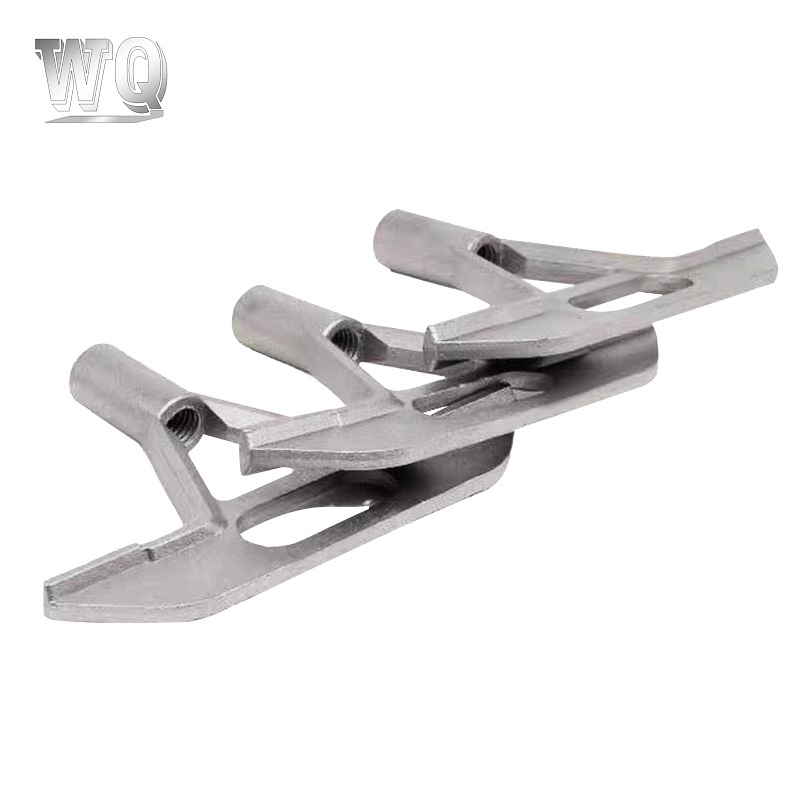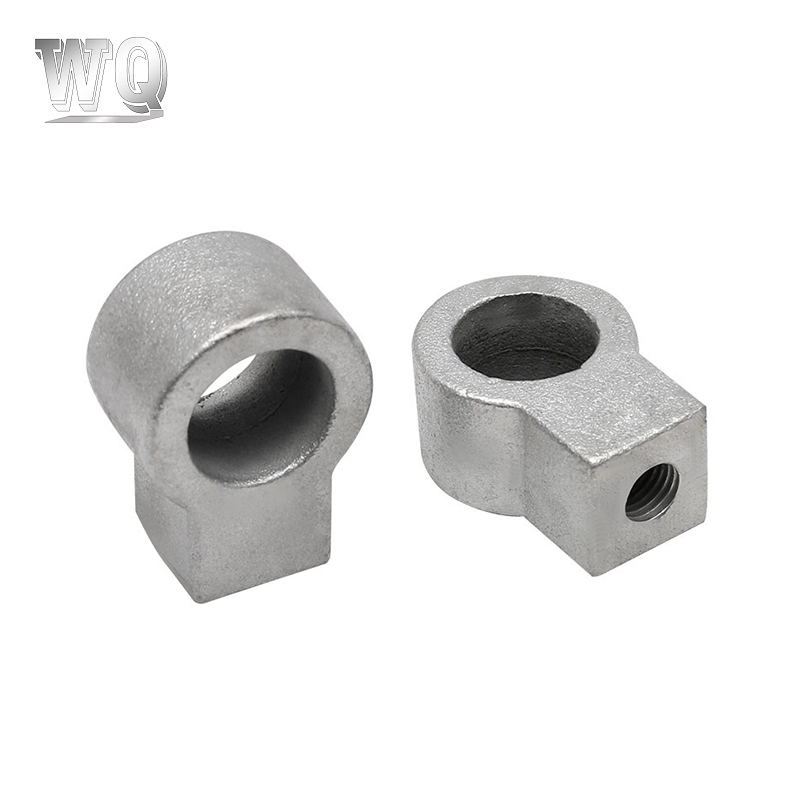Solidification time and rate are critical aspects of the cooling and solidification design of aluminum casting parts because they directly influence the quality, mechanical properties, and integrity of the final casting. Here's why these factors are important:
The rate at which aluminum cools and solidifies affects the grain size of the material. Faster cooling rates typically produce finer grains, which can improve the strength and toughness of the casting. Conversely, slower cooling rates may result in coarser grains, which could reduce these properties.By controlling solidification time and rate, directional solidification can be achieved, which helps produce a more uniform grain structure and reduce defects like porosity.
Proper control of solidification time helps mitigate shrinkage-related defects. If solidification occurs too quickly, it can trap gases within the metal, leading to porosity. Conversely, if it occurs too slowly, excessive shrinkage can create voids or cracks.Slow solidification rates can lead to hot tearing, a defect caused by thermal stress as the material transitions from liquid to solid. Controlling the rate of solidification can help reduce the likelihood of this issue.
Uneven cooling rates can create thermal gradients within the casting, leading to residual stresses, warping, and cracking. By carefully managing the solidification time, the cooling process can be made more uniform, minimizing these issues.Uniform cooling and solidification ensure that the entire casting cools at a similar rate, resulting in consistent mechanical properties and reducing the likelihood of defects across different sections of the part.
The mechanical properties of aluminum, such as tensile strength, hardness, and ductility, are influenced by the cooling rate. Optimizing the solidification time can help achieve the desired balance of these properties for the specific application.Solidification rate also affects how the casting responds to subsequent heat treatments, such as annealing or aging. Proper solidification can set up the casting to achieve better results during these treatments.

If the metal solidifies too quickly, it may not completely fill the mold, leading to incomplete or misshapen castings. Controlling the solidification time ensures that the molten aluminum can flow properly into all areas of the mold before it begins to solidify.A controlled cooling rate can reduce turbulence in the molten metal, which can otherwise lead to defects such as gas entrapment and surface irregularities.
The solidification rate can affect the machinability of the casting. For example, castings with a finer grain structure produced by faster solidification may be easier to machine with better surface finishes.The quality of surface treatments, such as anodizing or painting, can be influenced by the grain structure and surface integrity of the casting, both of which are affected by solidification time and rate.
By optimizing the solidification time, the overall production cycle time can be reduced, improving manufacturing efficiency and throughput. Effective solidification control can reduce waste and rework, leading to more efficient use of materials and lower production costs.
Residual stresses develop due to differential cooling rates in different sections of the casting. Properly managing the solidification rate can minimize these stresses, leading to a more stable and durable casting.
Considering solidification time and rate is essential in the design of aluminum casting parts to ensure high-quality, defect-free castings with desirable mechanical properties. Proper control of these factors leads to better structural integrity, enhanced performance, and more efficient manufacturing processes.









